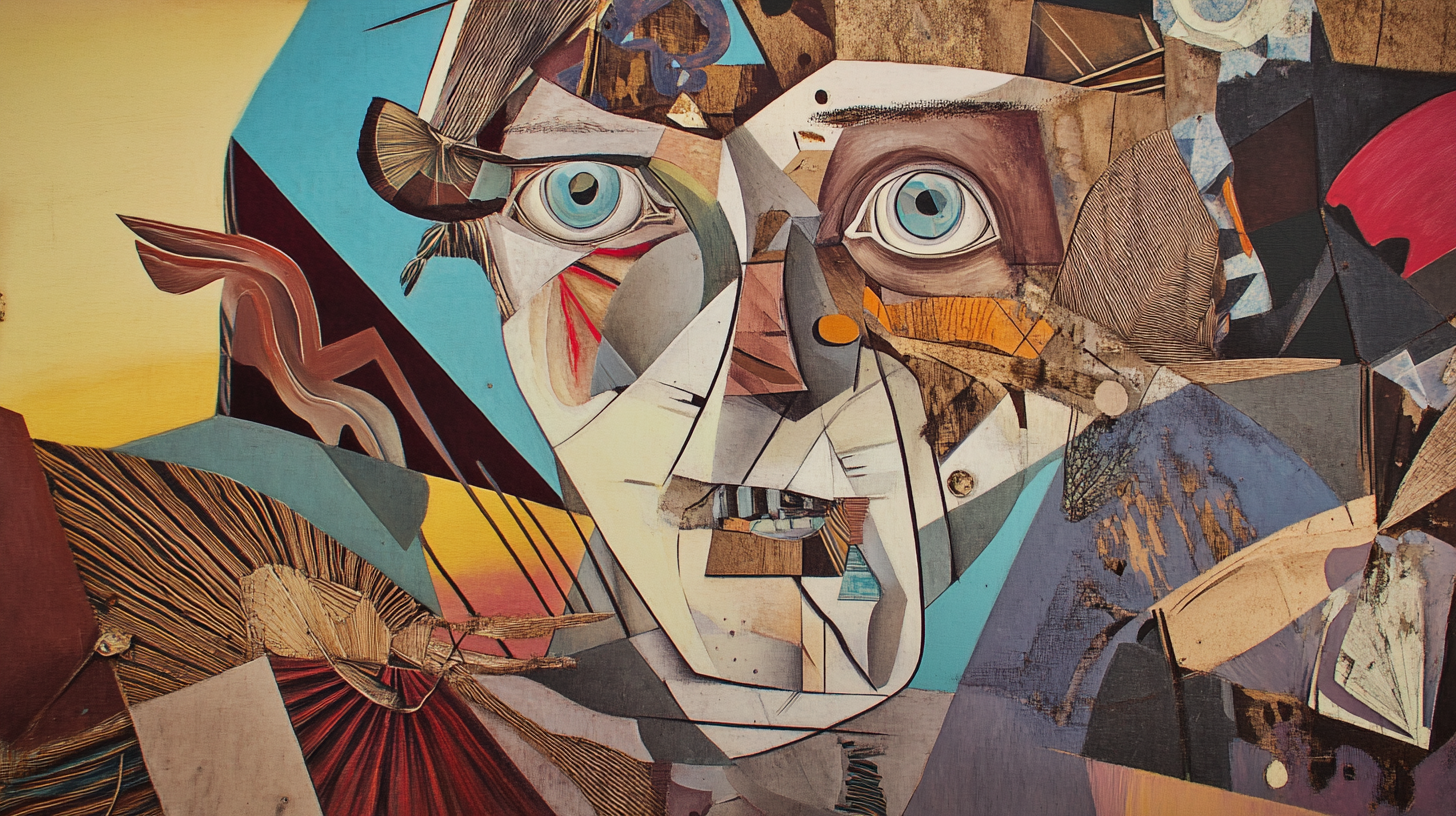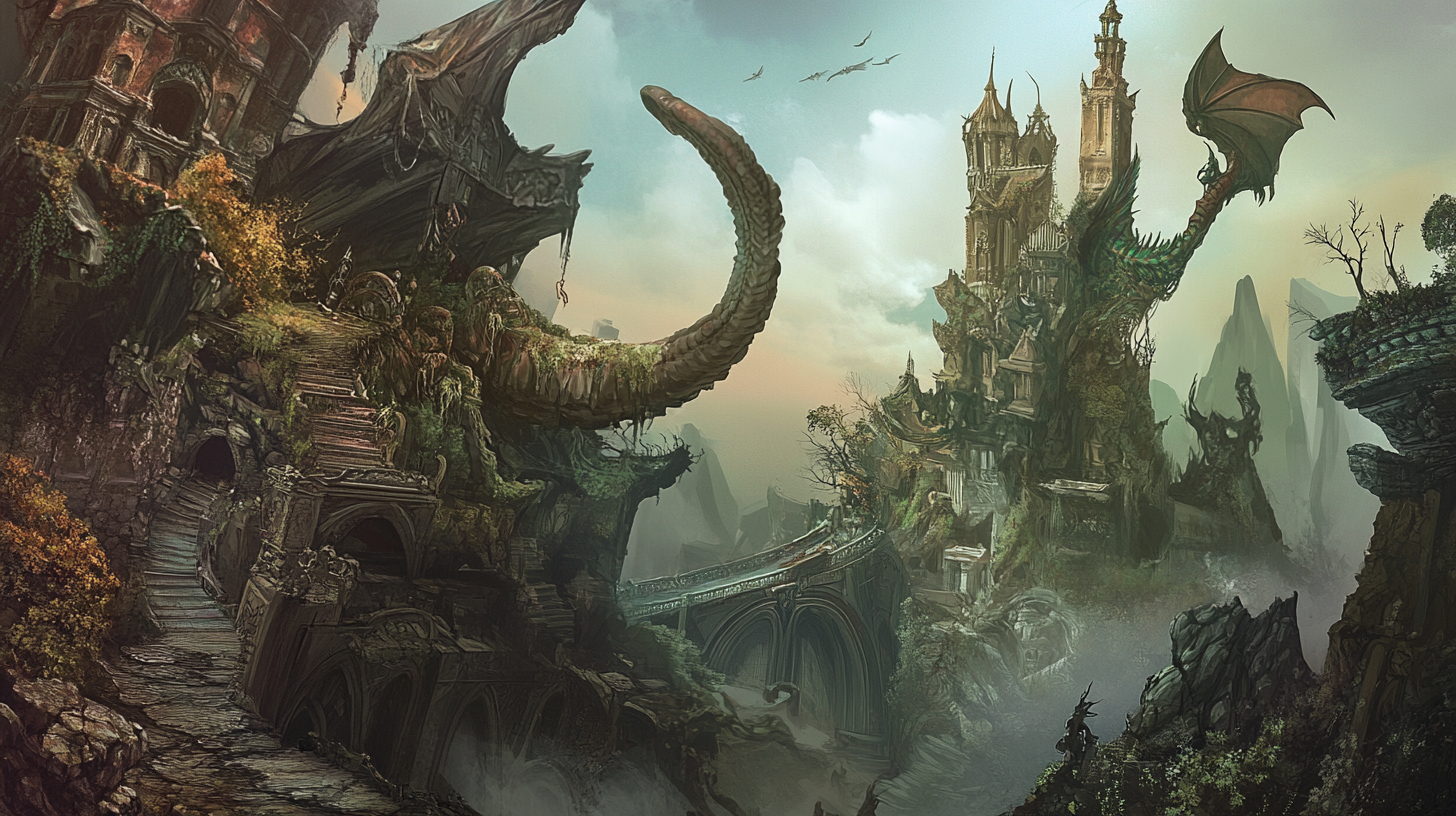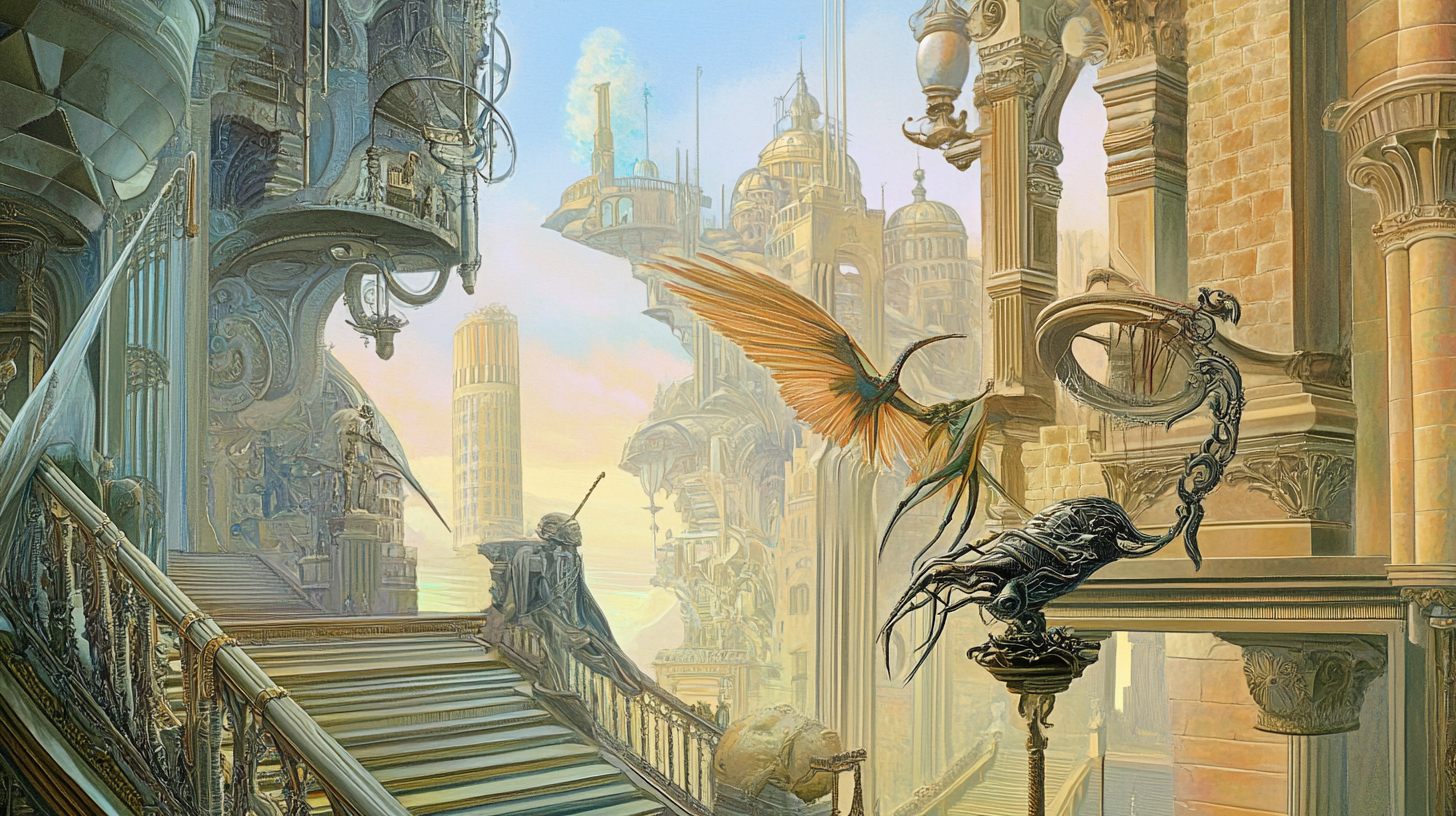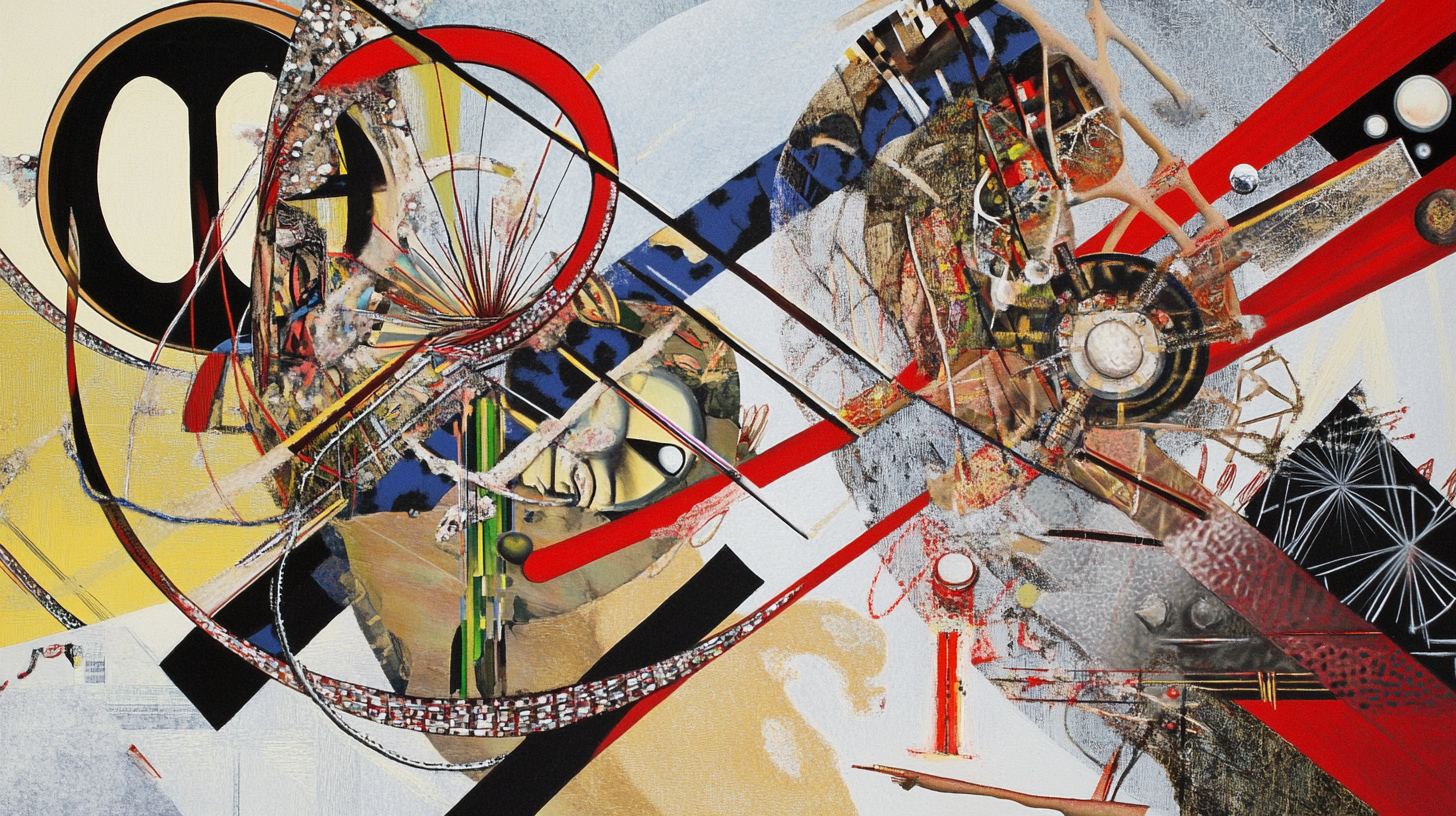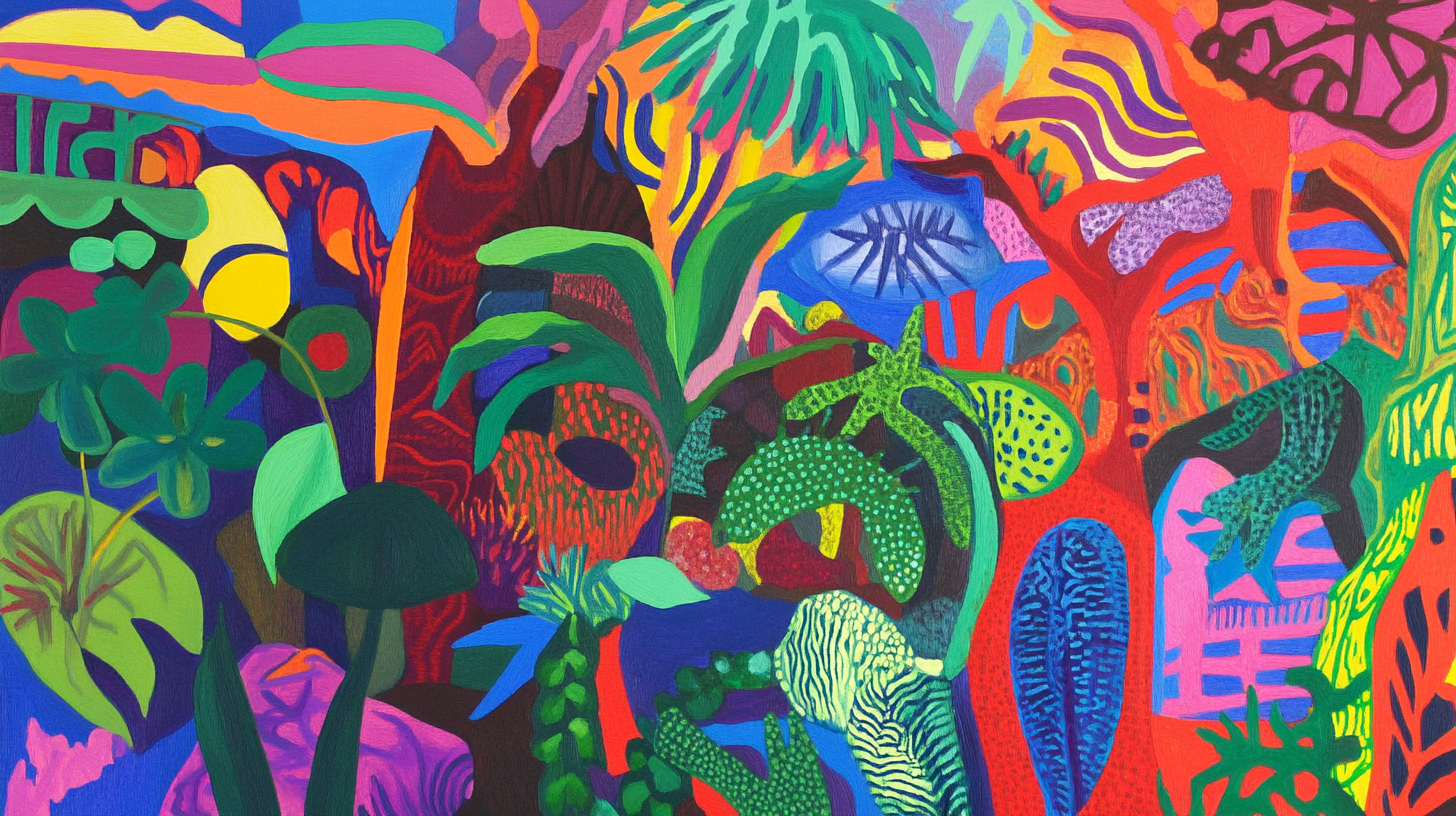Minimalism
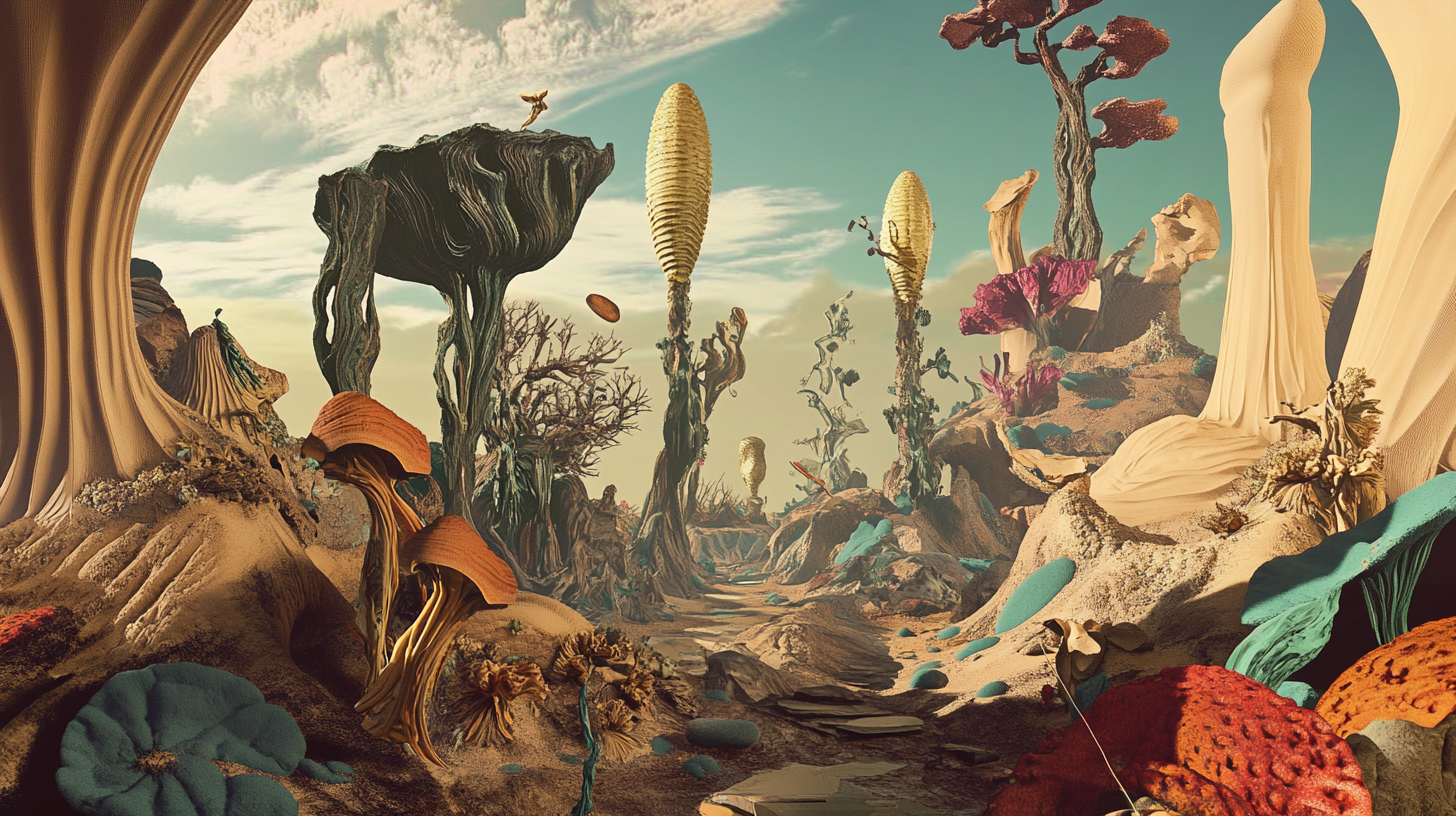 AI-Generated ImageAI-Generated Image
AI-Generated ImageAI-Generated Image Minimalism is a modern art movement defined by simplicity, clarity, and the deliberate removal of excess. Emerging in the 1960s as a reaction against expressive and ornate traditions, Minimalism celebrates pure form, repetition, and the power of negative space. Its focus on geometry and restraint invites reflection through precision and balance. Today, the Output.GURU AI creative generator extends this philosophy into AI minimalism in design, producing AI-generated art and compositions that distill beauty to its essence — where structure, silence, and space become the art itself.
Minimalist works often feature limited color palettes, clean lines, and a calm, meditative presence. The goal is to strip art down to its fundamentals, allowing the viewer to engage directly with shape, scale, material, and space—without symbolism or narrative.
In digital and AI-generated contexts, Minimalism creates sleek, focused visuals that are ideal for modern interfaces, branding, spatial design, and conceptual work—where visual restraint becomes a powerful tool for expression.
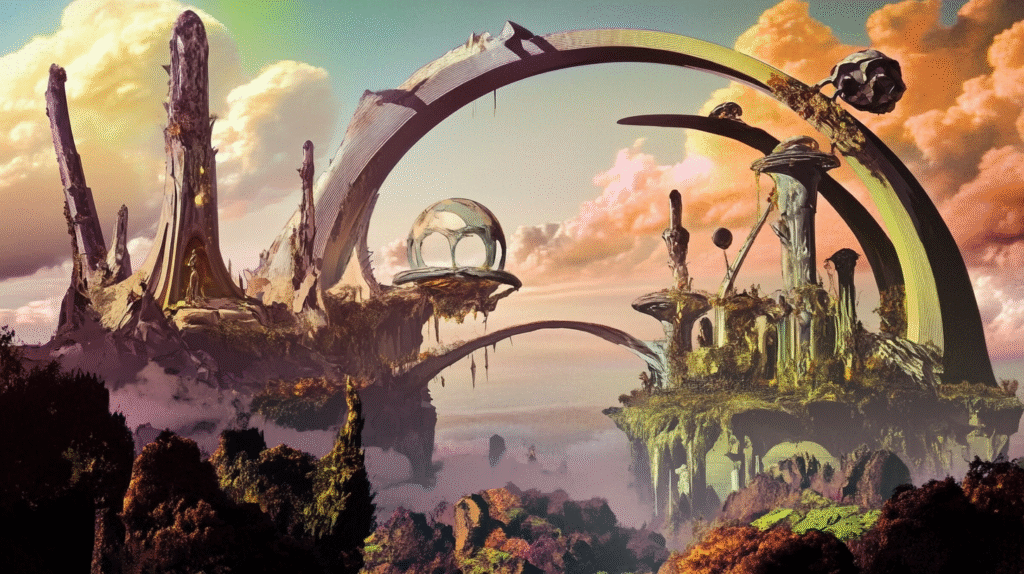 AI-Generated Image
AI-Generated Image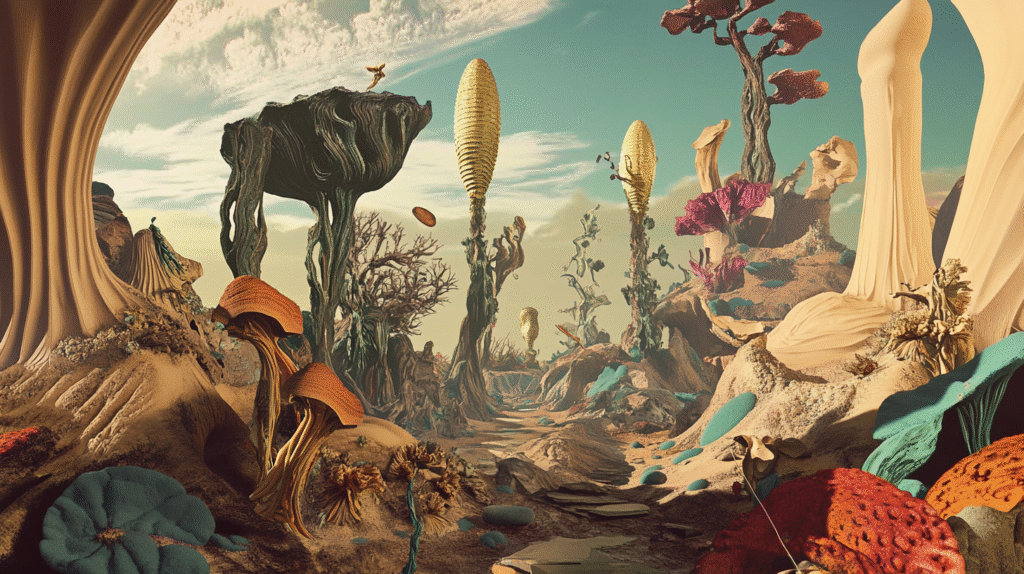 AI-Generated Image
AI-Generated Image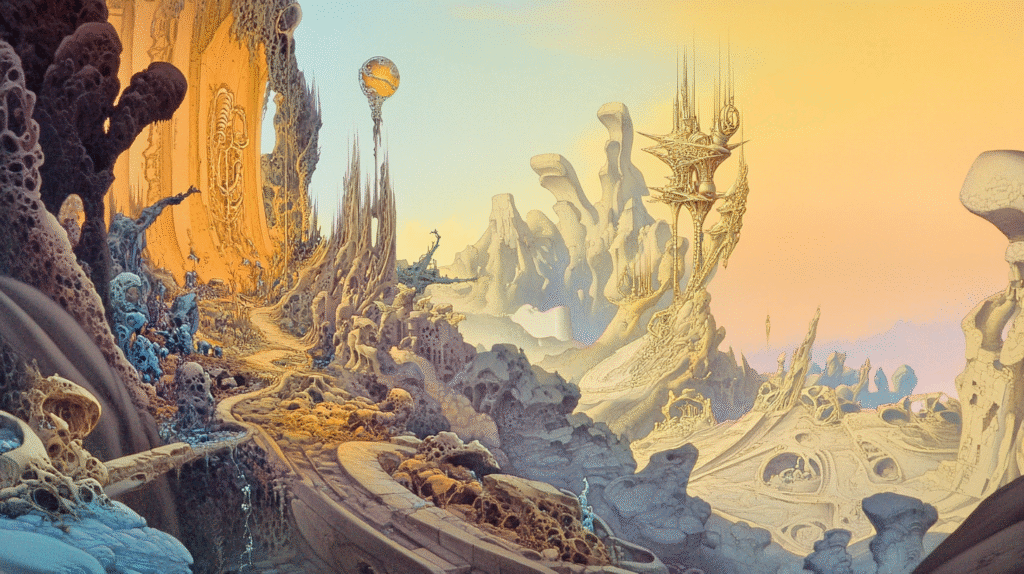 AI-Generated Image
AI-Generated Image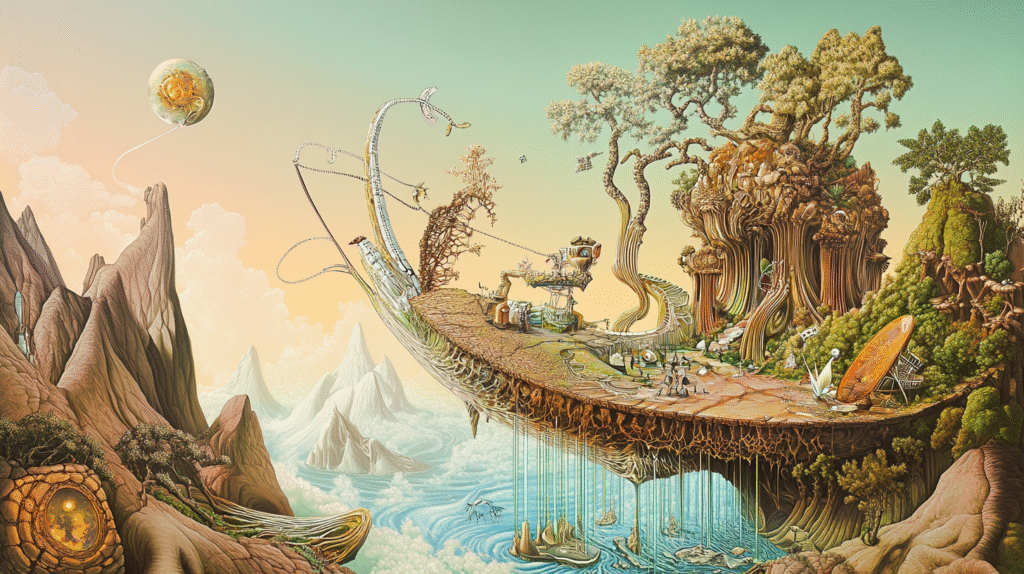 AI-Generated Image
AI-Generated ImageFrequently Asked Questions
What is Minimalism in art?
Minimalism is a modern art style that emphasizes simplicity, clarity, and the removal of all non-essential elements.
When did Minimalism emerge as an art style?
Minimalism emerged in the 1960s as a reaction against expressive and ornate styles.
What are key characteristics of Minimalist works?
Minimalist works often feature pure form, geometric shapes, limited color palettes, clean lines, and a calm, meditative presence.

